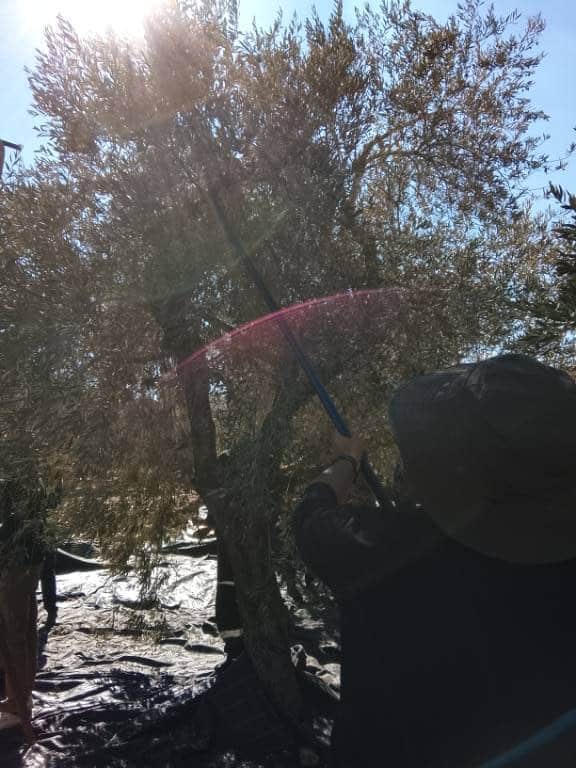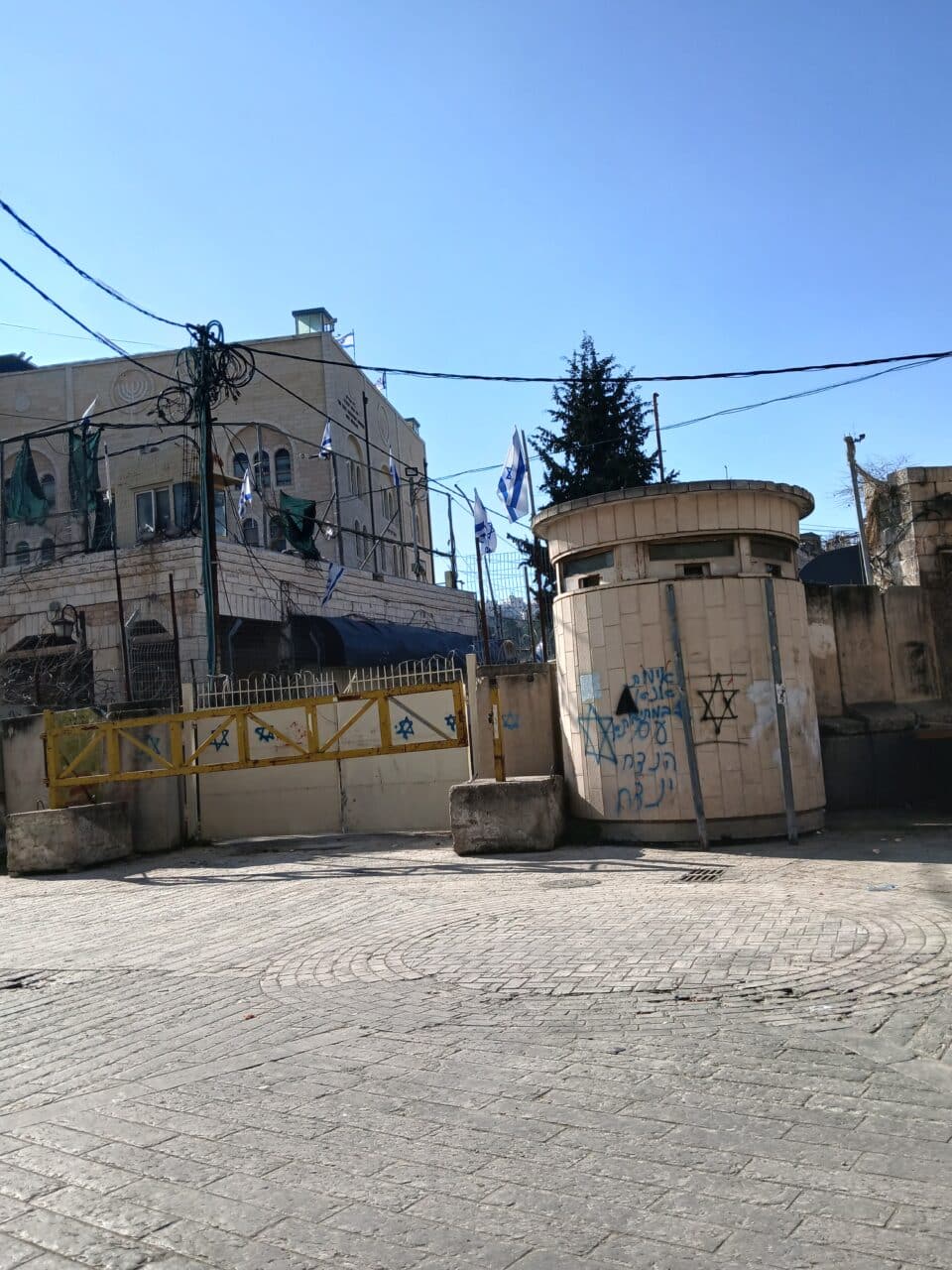Category: Journals
-
Visual diary: a day in occupied Al Khalil
Friday, 26 December, 2025 Good evening from Al Khalil! It’s a really beautiful city, and has been suffering severely from the combination of colonization and lack of tourism post-Oct 7. Shop doors welded shut by the occupation to prevent Palestinians from making a living in the Old City, with layers of graffiti revealing resistance and…
-

A Matriarch’s Memory
The West Bank city of Al-Khalil, known as Hebron in Hebrew, is one of the oldest continuously inhabited cities in the world- and one of the most painfully divided. It is a place where the word occupation stops being abstract. Above the ancient stone of the Old City, new concrete rises: Israeli settlements built directly…
-

Farmers Finally Able to Harvest Olives in Burin, Irak Burin and Madama After Days of Harassment
After two days of running from Israeli military, tear-gas, and armed settlers, Palestinians and their supporters successfully picked olives in three locations today: Burin, Irak Burin, and Madama. In Burin, a settler came and said that he was going to send in the military, so our Palestinian friends asked if we could help them pick…

